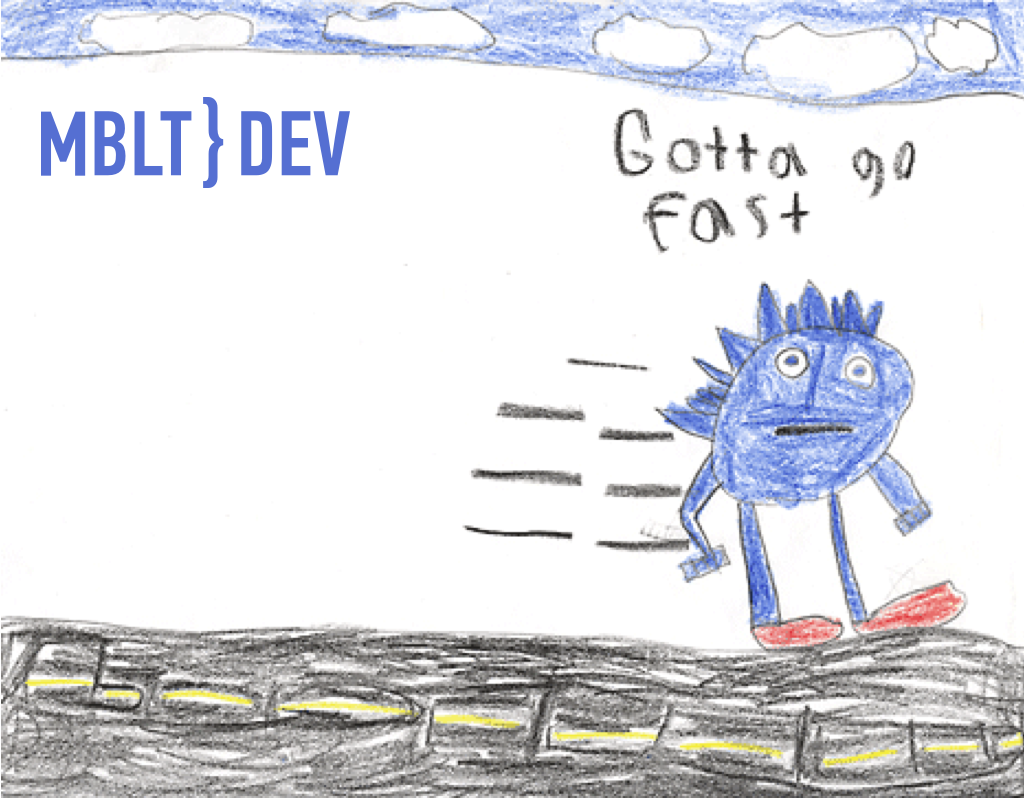Just about the fastest portable 64-bit hash function with decent quality.
This is a translation of the original article by Leonid Yuriev.

Methods for obtaining systems high performance
Just about the fastest portable 64-bit hash function with decent quality.
This is a translation of the original article by Leonid Yuriev.
Hi, I'm one of the developers of the sharded blockchain Near Protocol, and in this article want to talk about what blockchain sharding is, how it is implemented, and what problems exist in blockchain sharding designs.
It is well-known that Ethereum, the most used general purpose blockchain at the time of this writing, can only process less than 20 transactions per second on the main chain. This limitation, coupled with the popularity of the network, leads to high gas prices (the cost of executing a transaction on the network) and long confirmation times; despite the fact that at the time of this writing a new block is produced approximately every 10–20 seconds the average time it actually takes for a transaction to be added to the blockchain is 1.2 minutes, according to ETH Gas Station. Low throughput, high prices, and high latency all make Ethereum not suitable to run services that need to scale with adoption.


 So, what is the difference? How to be prepared for this interview? Let’s be non-abstract, and use an example. To be more non-abstract, let’s take something from the material world, such that you won’t be asked the exact same thing at the real interview (at least, not at the Google interview) :)
So, what is the difference? How to be prepared for this interview? Let’s be non-abstract, and use an example. To be more non-abstract, let’s take something from the material world, such that you won’t be asked the exact same thing at the real interview (at least, not at the Google interview) :)